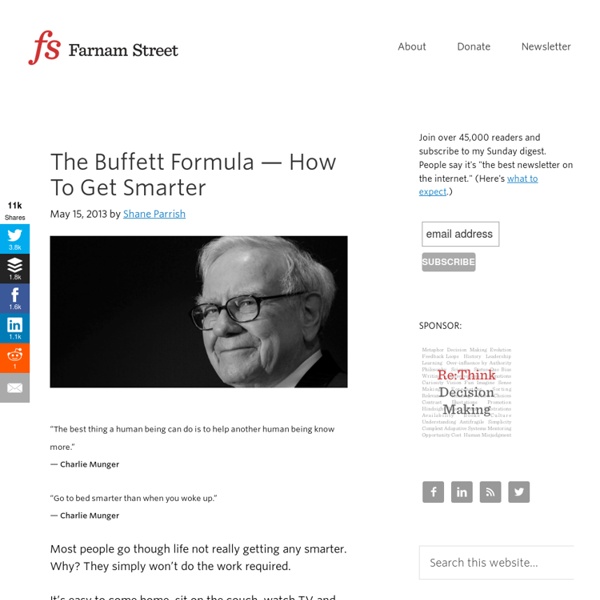How Olympians Stay Motivated - Olga Khazan
Mindfulness, self-talk, and an obscure chunk of the brain help elite athletes get through the training grind. Until the 1990s, Olympic figure skating included a segment called “compulsory figures,” in which athletes would slowly trace precise, intricate shapes into the ice, and judges would inspect the resulting swirls and loops to determine much of the skater’s overall score. These “figures” gave the sport its name, but they were gradually phased out because not even the most ardent skating fans would watch the tedious process on TV. Today's competitive figure skaters only do what their predecessors called the “free skating” portion—fast-paced programs set to music, packed with jumps and dance moves. When American figure skater Dorothy Hamill won gold in the ladies’ single competition in 1976, compulsory figures were the first event. They played a decisive role in whether the skater would medal. “The same thing, day in and day out,” she said. We can’t all be Olympic athletes. 1. 2. 3.
Home | Daily Mail Online
Dance in a Year
Steampunk Art, custom metal art decoration like indoor lamps, clocks, bowls and outdoor garden lights etc.
Oprah Winfrey: "Align Your Personality With Your Purpose and No One Can Touch You."
Oprah Winfrey was so young when she started working as the late-night anchor on WLAC-TV in Nashville, Tenn., she still had an 11 p.m. curfew at home. Yet she was so successful at reciting the news on camera at age 19 that she quickly received an offer from a television station in Atlanta that would have quadrupled her salary, bumping it to $40,000. Her manager in Nashville tried to keep her: “You don’t know what you don’t know,” he told her. Winfrey stayed — not because she was afraid to take on a new challenge, she says, but because “I could feel inside myself … that he was absolutely right.” That included figuring out that she was better at chatting up ice cream vendors than covering murder and mayhem, knowing that she would not win a discrimination suit she considered filing early in her career to fend off a boss who was “drunk with power,” and realizing that, after 25 years, it was time to end her wildly popular daytime talk show and start her own network.
The Stories That Only Artists Can Tell | Daniel Grant
Here is a pitch for artists to write their own stories, their autobiographies, because there aren't many fine artists who have done so. A handful have -- including Thomas Hart Benton, Man Ray, James Rosenquist, Leroy Neiman, Larry Rivers, Margaret Bourke-White, Eric Fischl, Anne Truitt (if you count her published diary entries), Andy Warhol and Salvador Dali (neither of whose books were intended to be revealing, so they hardly count at all) -- and occasionally some artists have written essays for catalogues (usually about their art). However, the most important artists of the past century or so have been content to let others write about them. Why does that matter? A couple of reasons: First, it seems to me that artists talk about different things when describing themselves than do their biographers and commentators. The second reason is that art students need role models for their own careers. Stefan shot me a leveling look.
10 Steps to Achieving Success in Life
The Eccentric Artwork of Rebecca Horn
If Rebecca Horn is not a cult artist, it’s hard to define what we mean by ‘cult artist’. But the truth is that Horn isn’t really viewed as a cult artist at all. From her distinctive looks, to her body of work that spans five decades and includes whispering Chinese voices in the dark, rattling hanging typewriters, Donald Sutherland dancing with snakes, and a woman wandering around with a horn protruding from her headpiece, Horn’s career is brimming with the kind of eccentric material that would normally see an artist labelled ‘cult.’ Horn, born in Germany during the latter stages of the Second World War, sits alongside Joseph Beuys and Anselm Kiefer as one of her nations greatest contemporary artists. Like Kiefer, it is easy to point to her homelands tumultuous recent history as providing a backdrop for her art, particular in light of her attempt to recreate Germany’s past for Skulptor Projekte Munster.
Infographic Tools - HBR.org
Many technologies and forms of communication experience a painful, necessary moment. Synthesizers endured A Flock of Seagulls. The internet had its GeoCities moment. And now data visualization has given us charts like the first one below, which comes from a site called JobVine. It’s colorful, and it sure looks like an infographic, but it’s nearly incomprehensible. This is what can happen when the tools that allow people to create new content—music, websites, data visualization—become available to the masses. It’s an exciting, noisy time for dataviz. Here’s how it goes. Next, everyone starts overdoing it—using the newfound tools regardless of usefulness or appropriateness, just because they’re trendy. Eventually, however, people get better at using the technology, make important breakthroughs, and ultimately pull it to a better place. Still, Tufte’s principles probably aren’t enough anymore.



